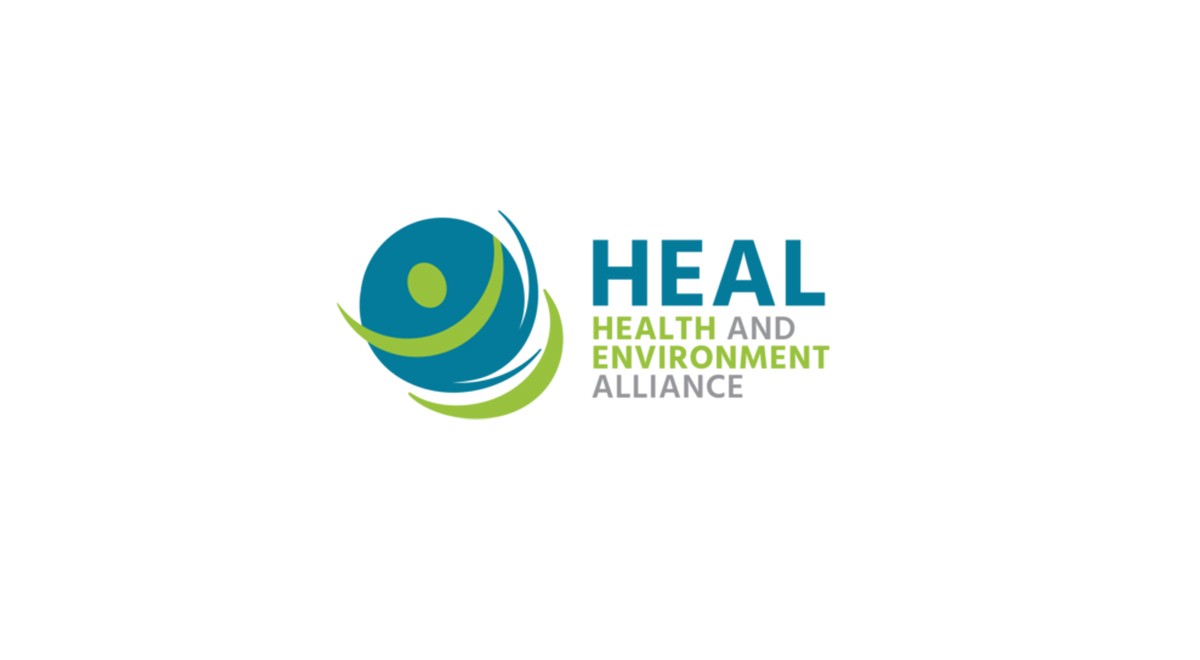Leading up to the fifth and final round of negotiations for the Global Plastics Treaty that will take place 25 November - 1 December 2024, in Busan, South Korea, HEAL together with Health Care Without Harm (HCWH) Europe wrote to all European health ministers highlighting the urgent need to address the severe health and environmental impacts of plastics, including in the healthcare sector.
The Health and Environment Alliance (HEAL) will appear in the European Court of Justice today to support the European Commission in its defense over the ban of chlorpyrifos-methyl and the scientific assessment that led to it.
In the legal challenge, brought by the agrichemical companies Ascenza Agro and Industries Afrasa [1], HEAL will argue in court that the decision against the renewal of EU market access for the pesticide was backed by the available scientific evidence and fully in line with applicable EU legal provisions. The French and Danish governments will also appear in court in support of the contested decision.
Natacha Cingotti, Health and Chemicals Programme Lead at HEAL, comments:
“To date, available scientific evidence about chlorpyrifos-methyl supports concerns of impacts on brain development in children as well as of genotoxicity. The EU pesticide law puts the onus on industry applicants to demonstrate the safety of their substances, an obligation that was not fulfilled in this case. Until such demonstration is made, EU authorities cannot and should not be blamed for taking prudent approaches to the renewal of pesticide substances that are widely used and have the potential to cause severe health implications among the population today and in future generations, as is the case with chlorpyrifos-methyl.”
In December 2019, European member states representatives voted in favour of a European Commission proposal to ban chlorpyrifos-methyl and its sibling chlorpyrifos from the EU market, based on the same health concerns for both, namely developmental neurotoxicity and the potential to cause DNA damage (genotoxicity) [2]. Two European Food Safety Authority (EFSA) scientific statements have supported these concerns and concluded that the approval criteria for human health outlined in the European legislation on pesticides were not fulfilled [3].
Both substances belong to the same organophosphate family, have similar toxicological profiles and exhibit the same mechanism of action. Chlorpyrifos’ properties and effects have been more studied and documented than chlorpyrifos-methyl’s over the last decades, but available scientific evidence for both substances point to concerns over the same important health endpoints: developmental neurotoxicity on the one hand (ability of a substance to affect the brain development from early-life onwards) and genotoxicity on the other hand (ability of a substance to cause DNA damage, which may cause mutations and lead to serious diseases such as cancer). Impacts on both endpoints can significantly and irreversibly affect the health and well-being of an individual over the lifetime.
During the renewal process, overall data scarcity about chlorpyrifos-methyl, adding to equivocal evidence from available regulatory studies, left authorities with no other choice than using safety data from the former compound in order to close information gaps about the latter during the renewal process (the so-called read-across approach) and conclude their assessment.



